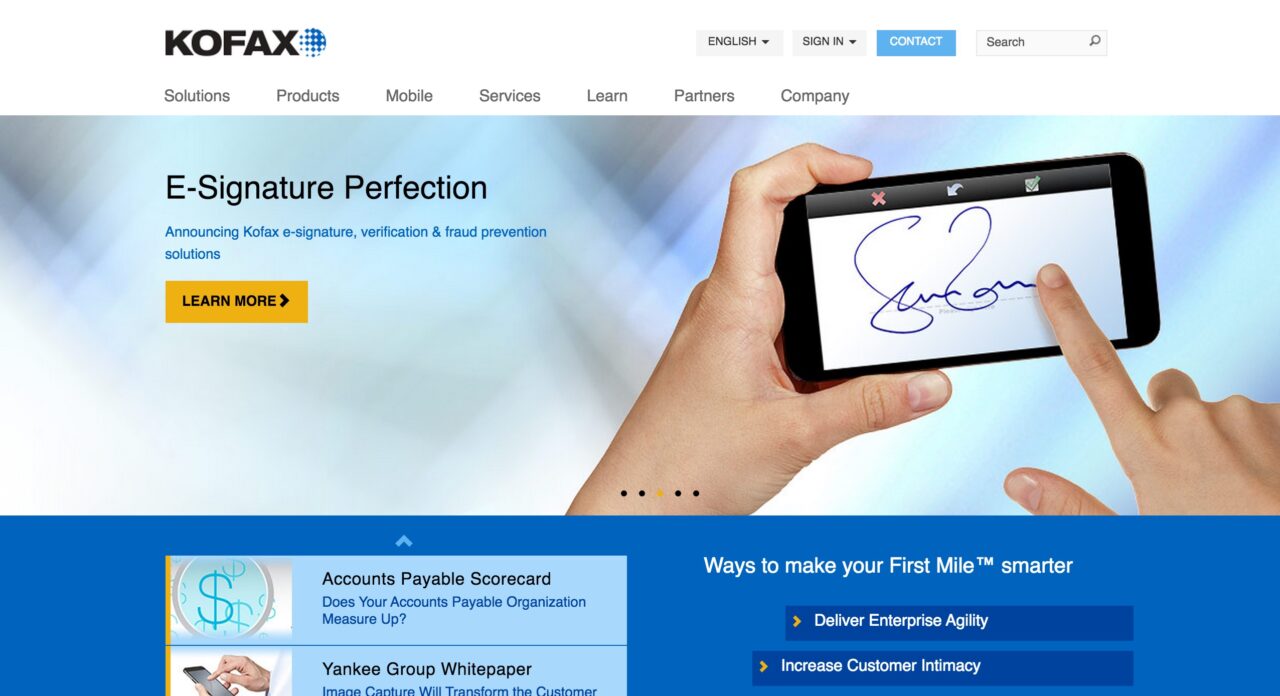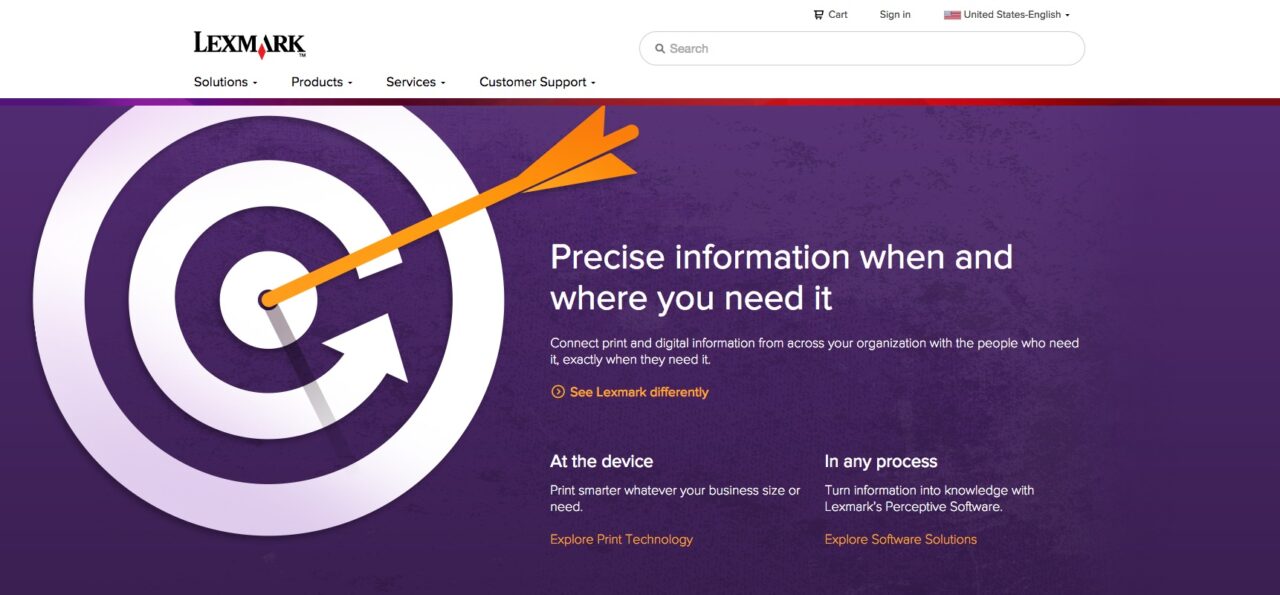Margins are thin, markets are tight. New customers are hard to find. Compliance issues are multiplying. New technologies threaten to disrupt established operations.
Some companies wonder if there’s a future for them in payments, but not Fidelity National Financial Corp. (FNF). The Jacksonville, Florida, firm is executing a war plan that could give it the same sort of market domination it already enjoys in title insurance—50 percent of the market. To prove it, Fidelity’s Fidelity Information Services (FIS) said late last month that it was taking up a complex deal that would in effect give FIS freedom to build its business without reference to title insurance, Fidelity National’s original line. Wall Street liked the news; FIS's stock soared 24 percent on the news before closing at a mere 17 percent rise.
In the deal:
- FNF will transfer insurance and other assets to Fidelity National Title Corp.(FNT) in exchange for FNT stock, in a transaction worth $1 billion to $1.25 billion;
- FNF will spin off its ownership stake in FNT to FNF shareholders in a tax-free distribution, leaving its ownership in FIS as its only asset;
- FIS will merge with FNF, and issue FIS stock in a tax-free transaction, making FIS completely independent;
- FNT will rename itself Fidelity National Financial.
The deal creates two publicly traded companies: a new FNF, trading under the FNF ticker symbol, and FIS, which will keep its FIS symbol. The FNT symbol will disappear.
The move follows on a tortuous road that chairman William Foley II embarked on in 2003, when he stumbled into the payments industry by buying Alltel Information Services, and its ACBS mortgage-servicing products, for $1.06 billion. That acquisition gave Fidelity the databases of eight of the top nine home-mortgage lenders; 50 percent of the outstanding home mortgages; and a clear view of the cash-flow opportunities in the payments business.
Since then, he’s spent more than $2.5 billion to assemble a payments-processing operation that could dominate the industry. This latest move, say informed observers, is designed to simplify the financial structure of the parent company by shifting the debt load associated with the FIS acquisitions away from the title company (FTN owns about 50 percent of that industry). That, in turn, will get FIS what it considers a proper valuation on Wall Street and get a listing on the Standard & Poor’s 500, in the process making it easier for FIS to raise money in the capital markets and thus continue to grow through acquisitions.
“The motivation was to eliminate the holding company structure, move the assets to two individual companies, and make those companies, independently, more able to pursue their strategies,” says Geoffrey Dunn, a senior vice president of Keefe, Bruyette & Woods Inc. (KBW). “FIS gained freedom from a controlling parent, and more flexibility to pursue its strategy and capital management going forward. Foley has historically not sat around if he’s created value in the market.”
FIS's main business idea is that banks will become marketing operations, and increasingly outsource their payments-processing operations, says Executive Vice President Grace Brasington.
“If they’re going to outsource their payments capabilities, we’re going to provide those capabilities to them, so they can focus on the marketing aspects of their business,” she says. “From a marketing perspective, banks won’t have to worry about how to get the additional volume [to turn a profit from payments]; it will be Fidelity’s problem.”
Bulking up Fidelity’s processing volume will in turn boost its earnings by creating scale, and profit. Fidelity has been doing this by, among other things, buying a customer base through acquisitions—last year’s acquisition of Certegy for $235 million in stock, for instance—and then migrating those acquisitions to a simplified clutch of standardized offerings that pretty much cover the waterfront of bank-payments operations. This has allowed them to avoid the expense of supporting obsolete products still used by important customers, a trap that some of its competitors have not eluded.
Meanwhile, the simplified financial structure will allow FIS to continue buying customers by buying companies, a strategy that will be greatly helped by FIS’s roster of institutional investors, all of which are looking for homes for their investor’s money.
Among those investors: Texas Pacific Group and Thomas H. Lee Partners, two private equity investors that together paid $500 million in 2004 for 25 percent of FIS after an uninvited, and failed, attempt to buy the the parent.
These companies had their stakes reduced to 17 percent after the Certegy deal, which among other things gave Chairman Foley the public vehicle he had been seeking for FIS for years. But according to FIS’s SEC filings, both investment groups, which own their FIS shares through a maze of offshore accounts, have remained active owners even though—thanks to a September 2005 shareholder’s agreement—their holdings have largely disappeared into FIS’s 156.6 million outstanding shares.
And both firms have also been working closely with Foley to acquire more companies. In January, according to FNF’s March 10-Q, FNF, Lee, and Texas Pacific together bought 40 percent of Sedgwick CMS Holdings Inc., an insurance claims outsourcer, for about $126 million. That transaction will probably become part of the FNT portfolio.
But this partnership, combined with the splitting of FNT and FIS, will probably be of real help to FIS’s acquisition strategy going forward, says KBW’s Dunn. “If FIS goes and does additional acquisitions eventually, I wouldn’t be surprised if the private equity guys would be involved,” he says. “Once Foley’s found an area that makes sense, he’ll be aggressive to build out a platform, and he’s not afraid to find companies that are underperforming and fix them. He's got a great track record of doing that.”
This sort of resource will lead over time to a larger, increasingly dominant FIS. “Near-term and longer-term, they’ll be very focused on cross-selling opportunities. But they’ll also round out their offering through acquisitions. I would absolutely expect them to be a major player in the M&A front, going forward,” says Dunn.
FIS’s Brasington wouldn’t deny that assertion for a minute, pointing out that risk management and merchant acquiring, both of which came to FIS with the Certegy deal, are natural directions for FIS to take. “We’re always, as a company, going to evaluate the right opportunities from an acquisition perspective as those opportunities come up,” she says in perfect corporate-speak. “We want to exponentially increase our capabilities.” (Contact: Fidelity Information Services Inc., 904-854-5043; Keefe, Bruyette & Woods Inc., 860-722-5902)


























![image_thumb[9]](http://s3.amazonaws.com/finovate-archive/old/WindowsLiveWriter/AmericanExpressJumpsontheAltPaymentsBand_ED22/image_thumb%5B9%5D_thumb.png)
![image_thumb[2]](http://s3.amazonaws.com/finovate-archive/old/WindowsLiveWriter/AmericanExpressJumpsontheAltPaymentsBand_ED22/image_thumb%5B2%5D_thumb.png)
![image[12]](http://s3.amazonaws.com/finovate-archive/old/WindowsLiveWriter/AmericanExpressJumpsontheAltPaymentsBand_ED22/image%5B12%5D_thumb.png)
![image_thumb[5]](http://s3.amazonaws.com/finovate-archive/old/WindowsLiveWriter/AmericanExpressJumpsontheAltPaymentsBand_ED22/image_thumb%5B5%5D_thumb.png)